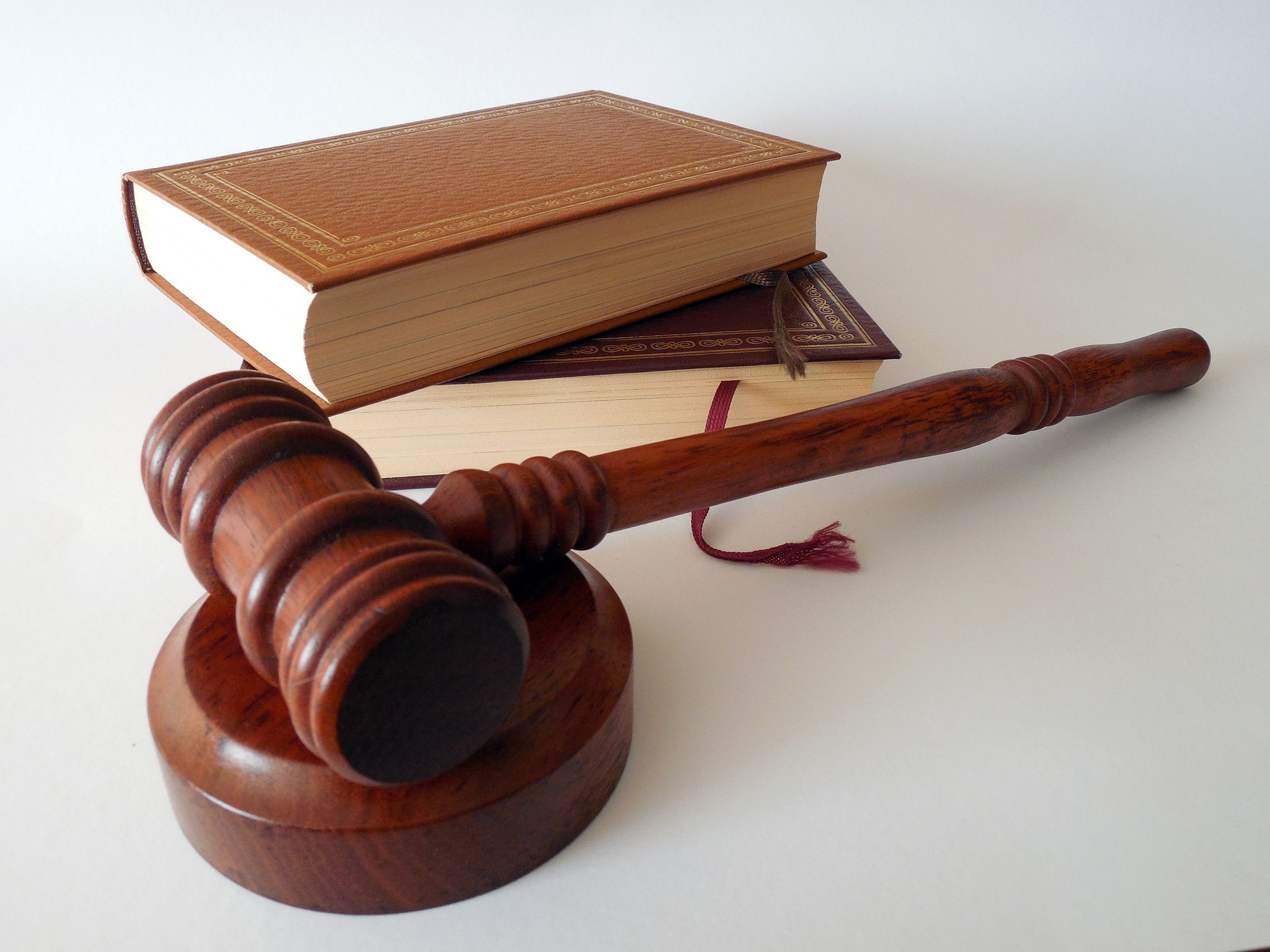
Love the Judge you’re with
The unedifying case of Watts v Watts [2015] EWCA Civ 1297 finally came to a close with a Judgment of the Court of Appeal on 21st December 2015.
Some readers will recall the first instance judgment from March 2014, in which the claimant, Christine Watts, was successful in setting aside her mother’s apparent 2011 will and obtaining a direction that an earlier 1999 will be admitted to probate. The Judge, Catherine Newman QC (sitting as a part-time deputy in the High Court) found that Christine’s brother Gary had forged his dying mother’s signature on the 2011 will and that this act was founded on a “sense of entitlement” to 100% of the estate. The valid 1999 will split the estate equally between Christine and Gary.
Gary sought permission to appeal on a number of grounds, but only received permission on one, being as to whether the decision should be set aside due to an appearance of bias, an eyebrow-raising submission in relation to a High Court Judge.
The basis of Gary’s argument was that at the start of the trial the Judge disclosed to the parties that she was leading a team on another case, which included one of the counsel for Christine. The Judge did not provide the details of this other case, and heard argument on the first day of the trial as to whether she should recuse herself. The gist of Gary’s application was that there were objective grounds for legitimate concern that the Judge would favour Christine’s counsel (and therefore Christine) due to this connection. Ms Newman dismissed the application, and in order that the trial could proceed as scheduled said that her reasons for this decision would follow. These were handed down on the last day of the trial.
Many practitioners will be surprised by the application and appeal pursued by Gary. It is unsurprising that within the limited pool of Chancery barristers, a silk sitting as a deputy High Court Judge might have a case on with counsel appearing before them. If this were prohibited, the wheels of justice would no doubt move even more slowly than is already the case. Most lawyers would also not see any difficulty in this situation arising, and would not believe that any bias or prejudice should be assumed in a like scenario.
So it proved was the thinking of the Court of Appeal, which had to deal with three arguments relating to bias centring on:
1. The alleged paucity of information provided by Ms Newman about the case in which she was working with the counsel for Christine;
2. The fact that Ms Newman only gave her reasons for refusing to recuse herself at the end of the trial;
3. Ms Newman’s decision not to recuse herself generally.
All these arguments were rejected. In terms of the information argument, the Court held that a Judge only needs to disclose “material facts” relating to involvement in another case and how it might affect the Judge’s impartiality. There is no need for every detail to be disclosed. If the other case were related in some way to the case to be heard, a part-time Judge could be relied upon to disclose that fact and recuse themselves. External scrutiny was not required of this, and in any event Gary had had enough information to make the application being appealed.
In relation to the reasons for the Judge’s refusal to recuse herself being given at the end of the trial, the Court found that this was quite proper so that the parties could attend a trial which was listed and which had been prepared for. It was a sensible case management decision which did not disadvantage Gary.
Finally, in relation to the apparent appearance of bias itself, the Court of Appeal again agreed with the Judge at first instance. They found that a fair-minded and informed observer would know of the professional standards observed by barristers in general and understand that a barrister’s professional relationships with others would not override their duties as a Judge. A review of the case law showed that much closer relationships than the one criticised in this case could exist without the appearance of bias due to the professional standards expected of and observed by barristers.
There can have been little surprise at this decision, however it operates as a salutary reminder of the difficulties attendant on trying to force a Judge to recuse themselves on the basis of an allegation of the appearance of bias. It will generally be better to focus on the merits of the case itself than to get side-tracked on such issues.










